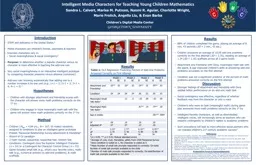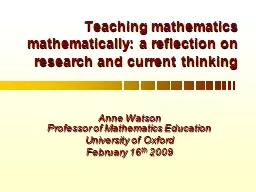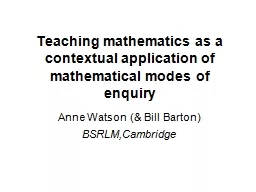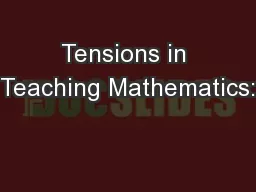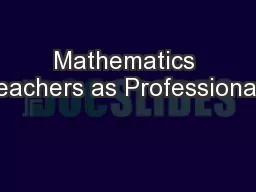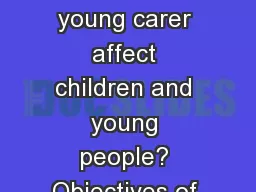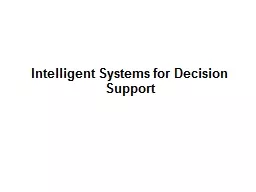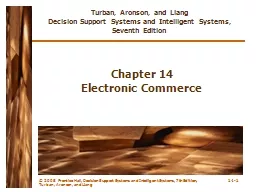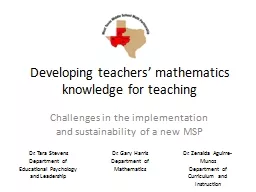PPT-Intelligent Media Characters for Teaching Young Children Mathematics
Author : jane-oiler | Published Date : 2019-11-08
Intelligent Media Characters for Teaching Young Children Mathematics Sandra L Calvert Marisa M Putnam Naomi R Aguiar Charlotte Wright Marie Frolich Angella Liu
Presentation Embed Code
Download Presentation
Download Presentation The PPT/PDF document "Intelligent Media Characters for Teachin..." is the property of its rightful owner. Permission is granted to download and print the materials on this website for personal, non-commercial use only, and to display it on your personal computer provided you do not modify the materials and that you retain all copyright notices contained in the materials. By downloading content from our website, you accept the terms of this agreement.
Intelligent Media Characters for Teaching Young Children Mathematics: Transcript
Download Rules Of Document
"Intelligent Media Characters for Teaching Young Children Mathematics"The content belongs to its owner. You may download and print it for personal use, without modification, and keep all copyright notices. By downloading, you agree to these terms.
Related Documents

